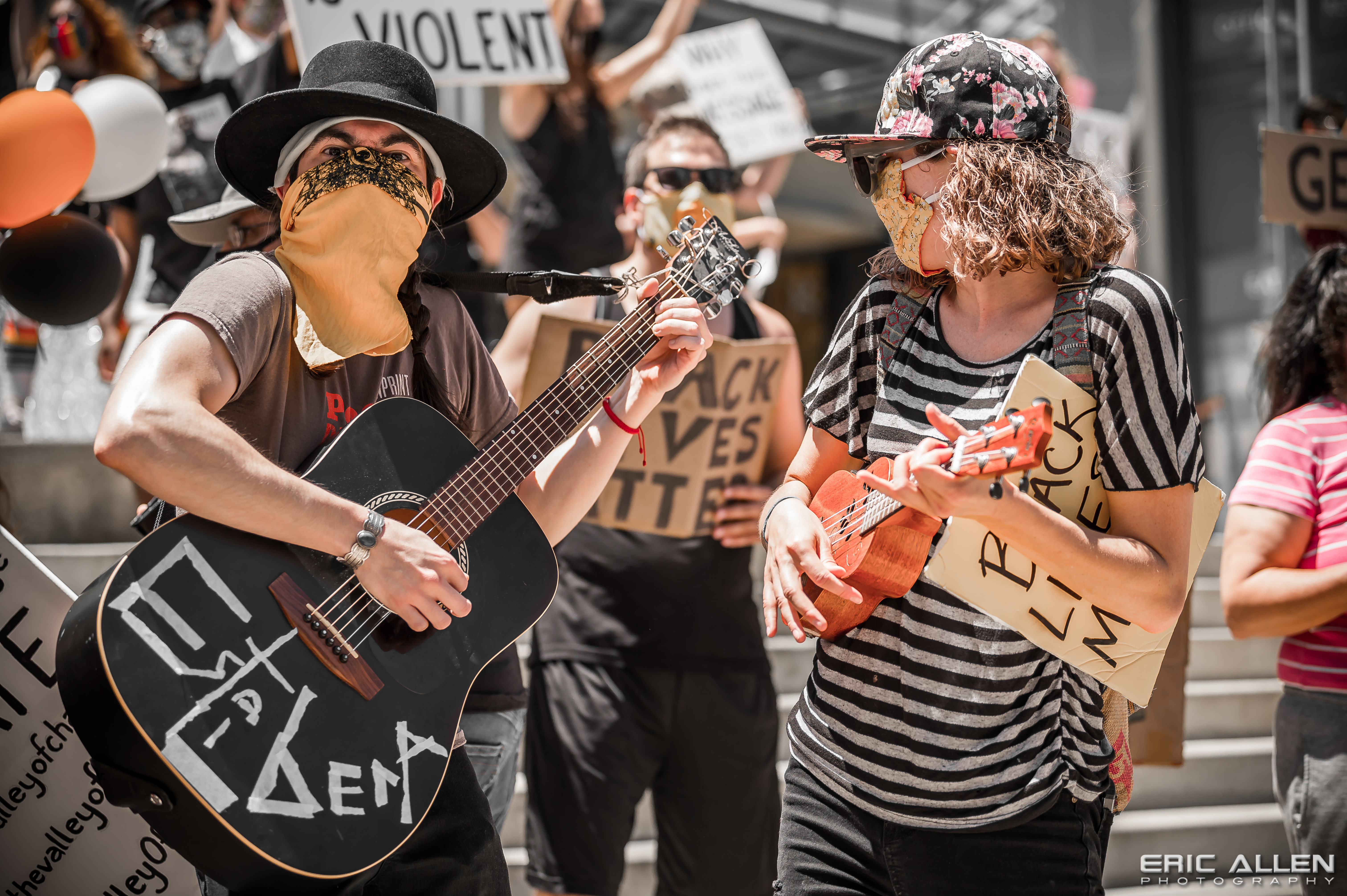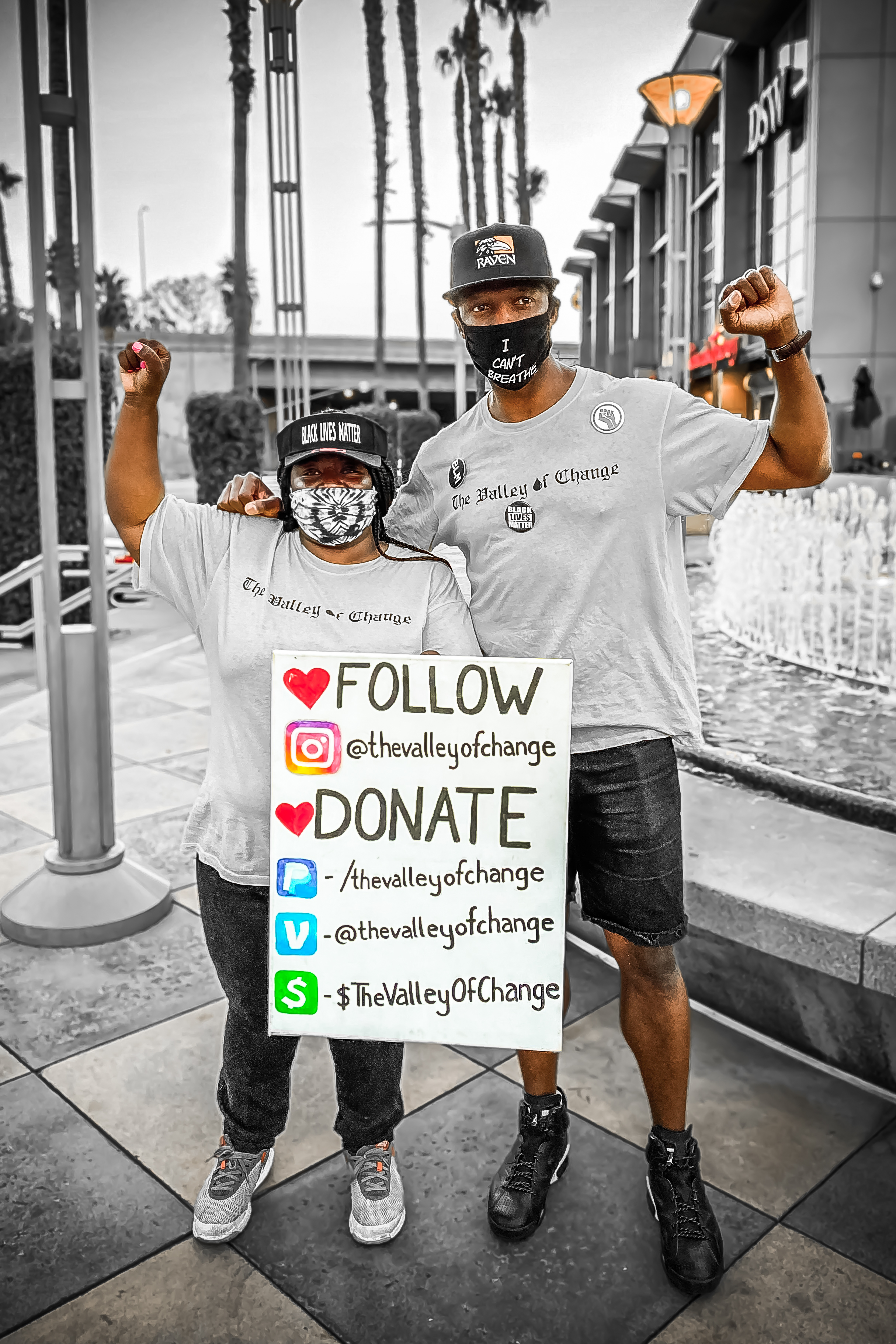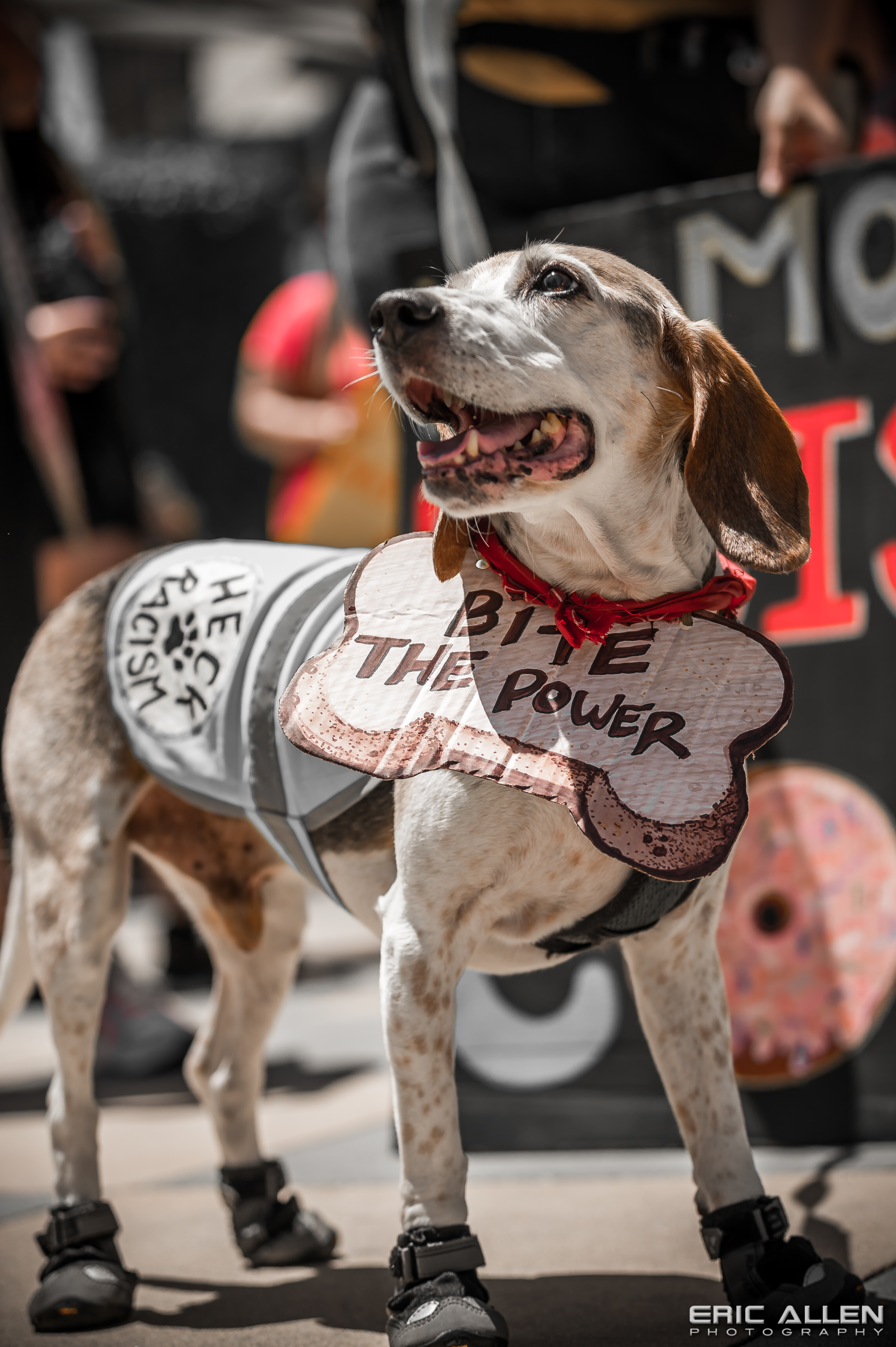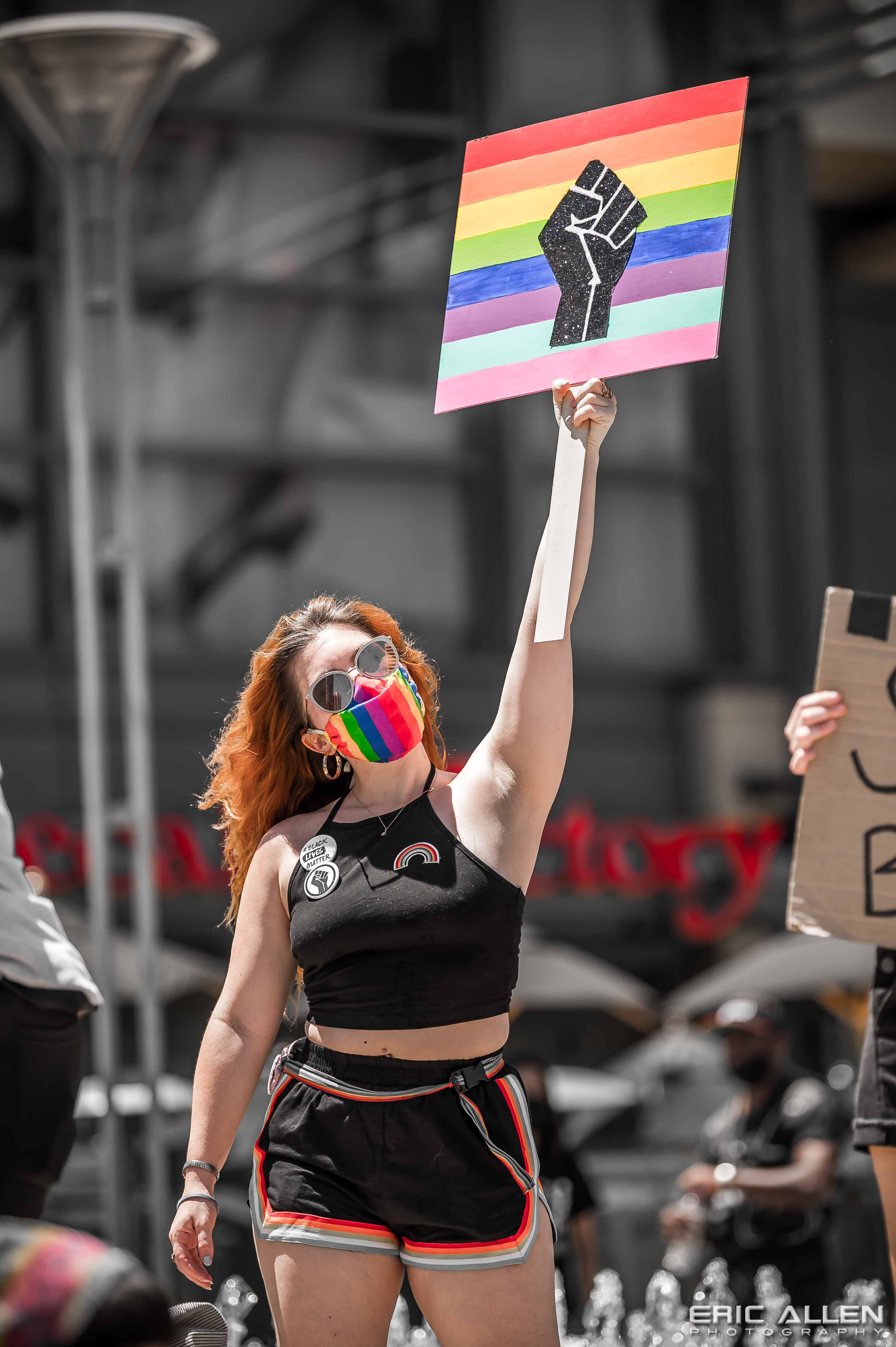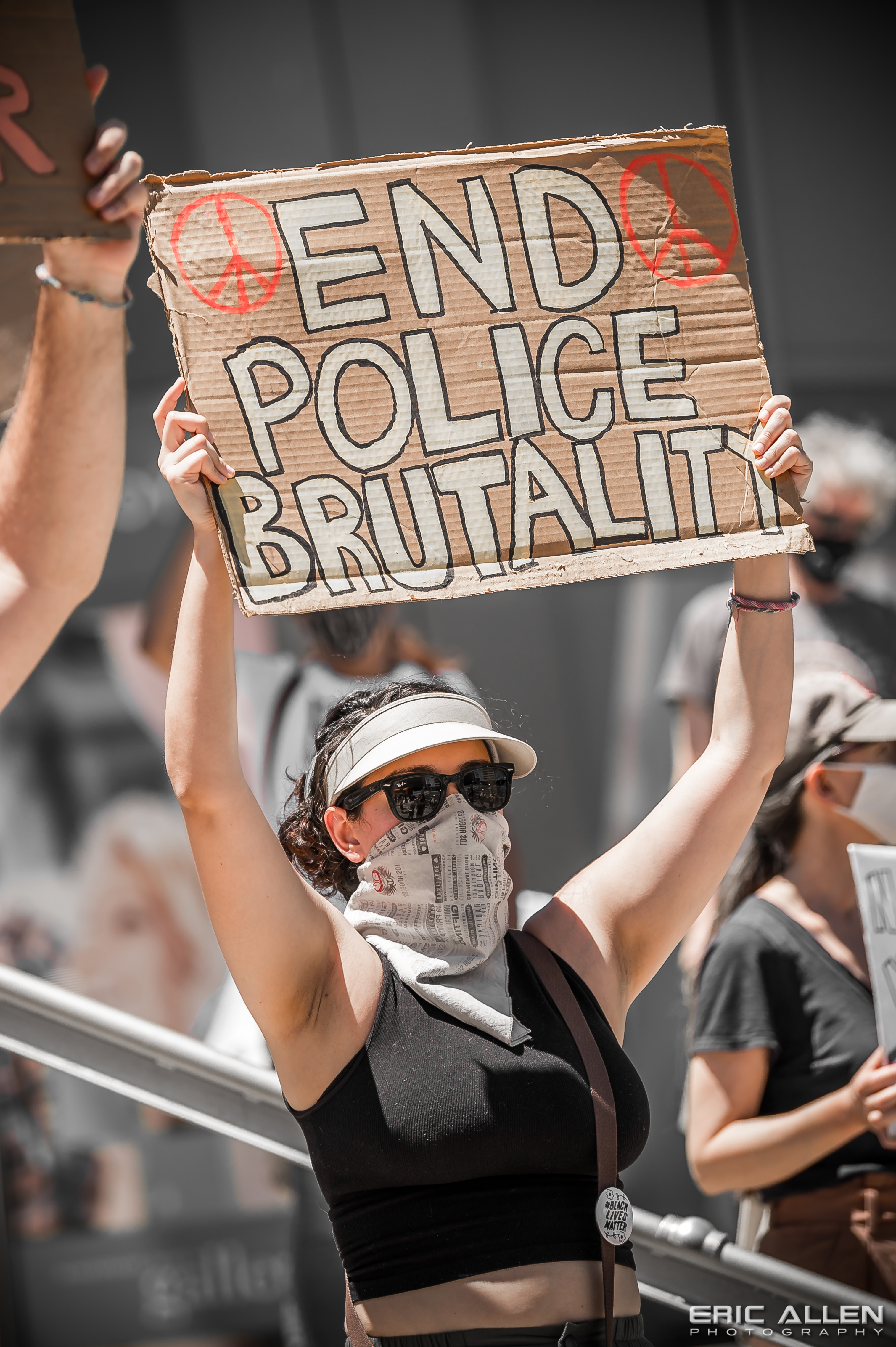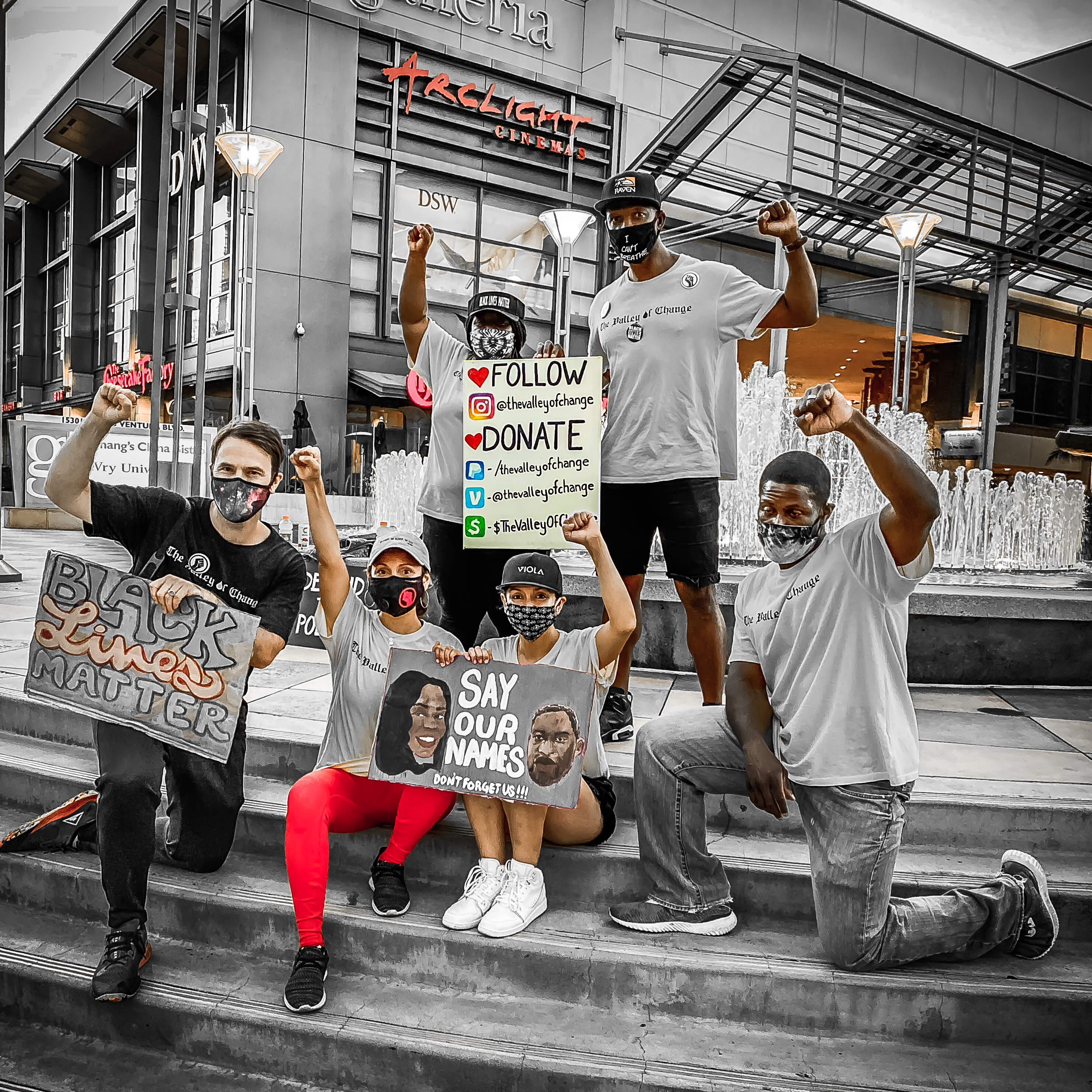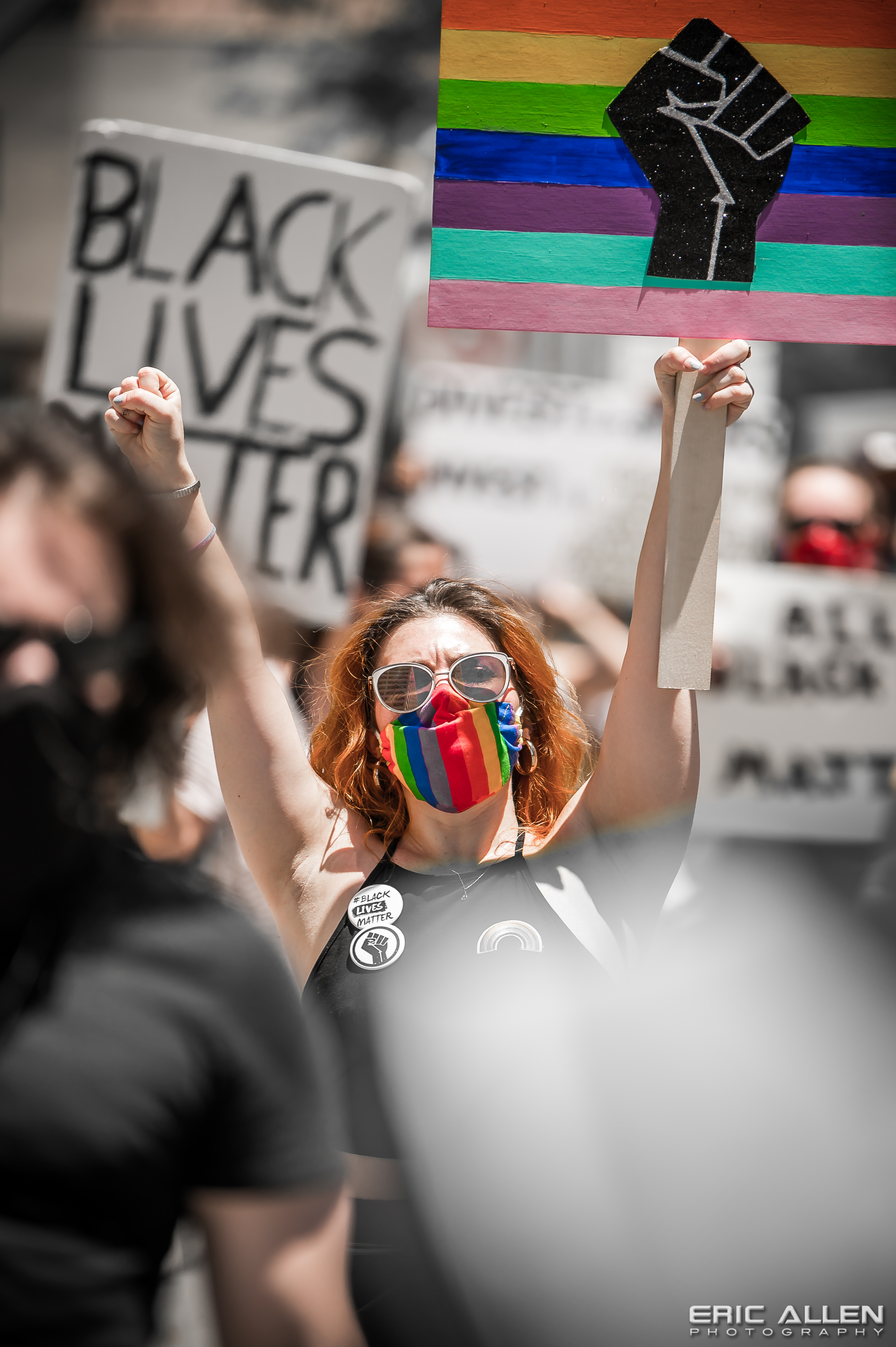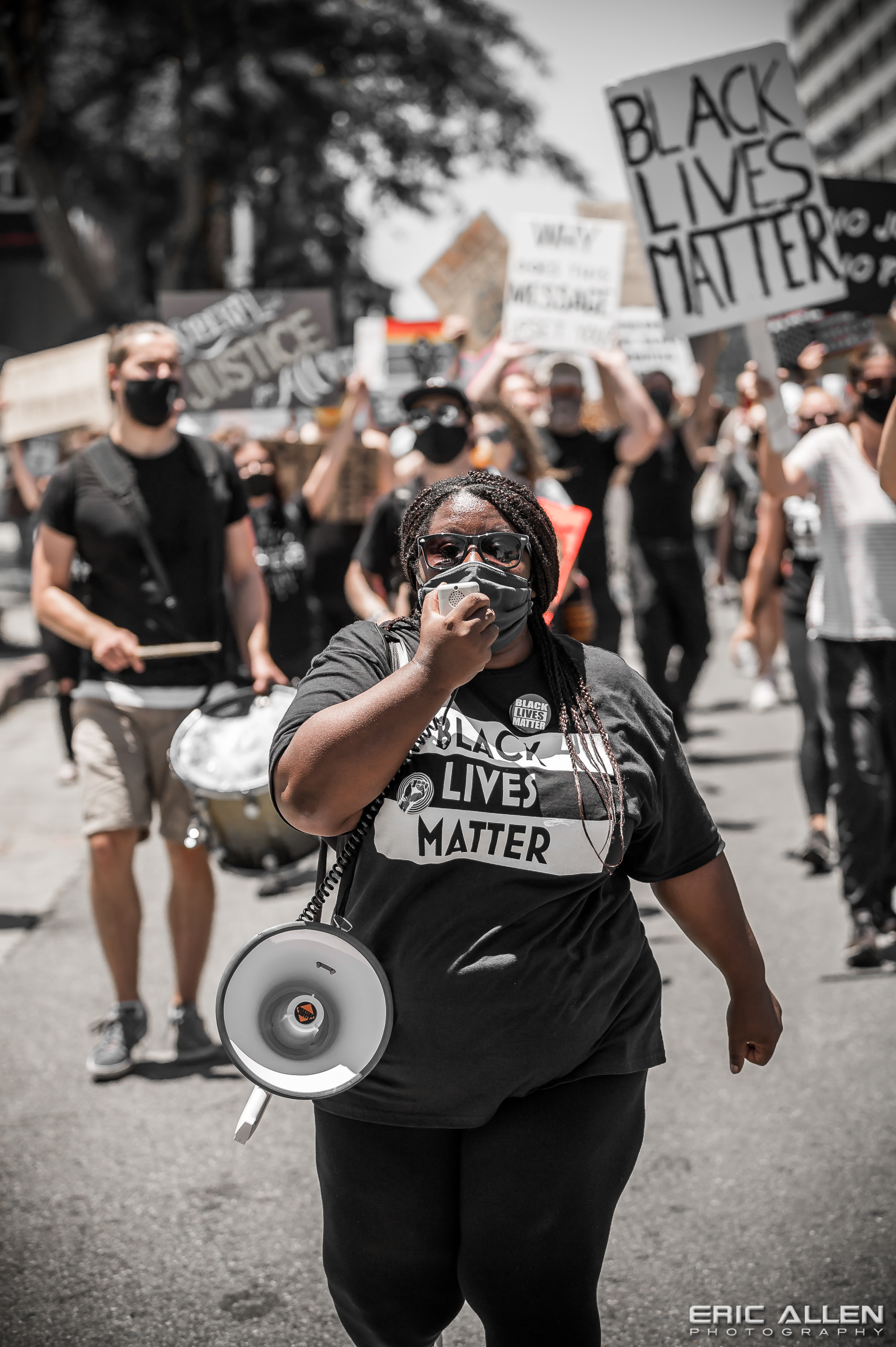
Know this: protests in solidarity with the Black Lives Matter movement calling for an end to police violence haven’t stopped. Even as media coverage has waned (or shifted) and trending hashtags have decreased since mass protests first broke out across all 50 states in May, the movement isn’t on pause. The work is ongoing.
Reggie Watkins is fighting to make these facts known. As the co-founder of the Valley of Change — a community outreach non-profit based in the Los Angeles Valley — Watkins has been in the streets daily. He has no intention of letting up, either. And he’s pressing white allies for the same commitment.
“My main goal in getting out here was to get my son involved in activism,” he explains. “But my second goal is to keep white people involved in this movement. I want to let them know and let them see that racism is their fight. They’re the ones that have to stand up and say ‘enough is enough,’ they are the majority of this country. I’ll be there with them to say ‘Yo, I’ll fight this with you if you continue to stand up and say something for me.’”
Watkins started Valley of Change with co-founder Latora Green and a small team of activists who met on the corner of Sepulveda and Ventura in the city of Sherman Oaks, California. Inspired by his 16-year-old son’s growing interest in the Black Lives Matter movement, Watkins just wanted to find a safe place where his son could protest without fear of the police. But the sense of community he found inspired him to stay involved and start building a more formal organization.
“My son basically plays basketball and Call of Duty in his room all day,” he says. “He never talks about these things. So it was amazing to hear him ask questions about racism and how to change people’s minds, and why people feel certain ways. I met Latora Green, and a young high school girl named Shilah, and it grew from there.”
When Watkins came upon the cluster of protestors, there was little organization among them. Most of the people standing with signs seemed to be quietly doing their own thing. Watkins quickly started engaging with people, introducing himself and learning everyone’s story. Starting an organization was a direct response to the needs he identified through these encounters.
“The next day I showed up, somebody gave me a bullhorn,” he says. “Then the next day a friend suggested I start an Instagram and came up with the name ‘Valley of Change.’ By the third day, we met our social media manager, Kyla Garcia, after she showed up from some other protest and just started chanting with us, and really leading the charge. We formed an organization, started getting donations, and now we’re buying tents, and tables and food and meeting up with other organizations based in the Valley.”
Watkins is set to host and moderate a virtual town hall with his city council this month. His story is a reminder that community action often begins with chance meetings on street corners and can be quickly and efficiently built into something bigger. It’s a matter of seeing what the local community needs, where the gaps are, and responding with a plan. In the early going, that plan can be as simple as a mission statement.
“Our mantra is ‘Do something every day,’” he says of the fledgling organization. “We are out there with our protest signs every day. It doesn’t matter if there is one, two, three, four, or five people, we will be there because we care. Standing up and holding a sign, inspiring uncomfortable conversations.”
Renowned festival photographer Eric Allen was on-site at one of Valley of Change’s recent actions. His photos offer a visual reminder that people are still in the streets — masks on — standing up for change.
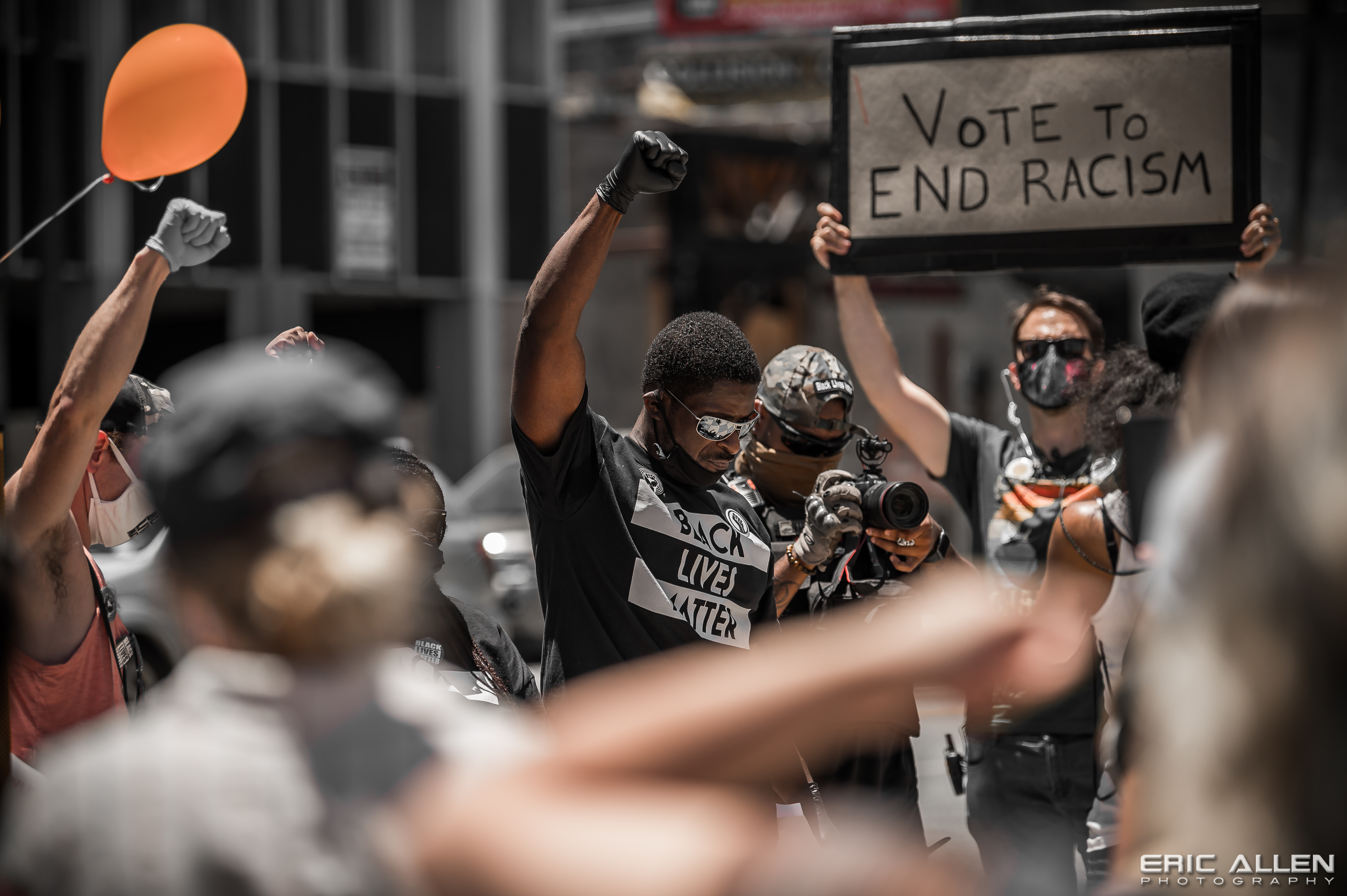
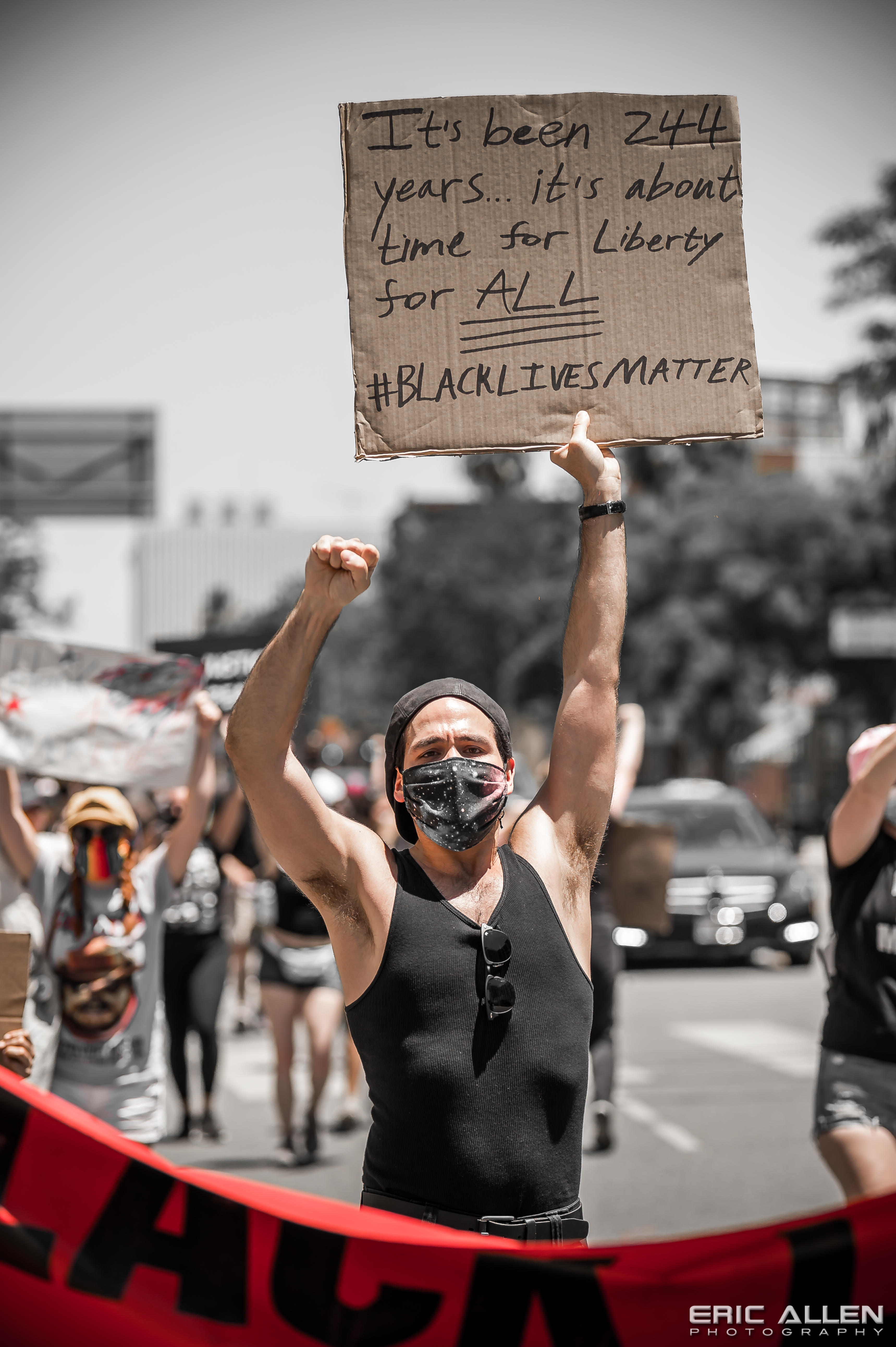
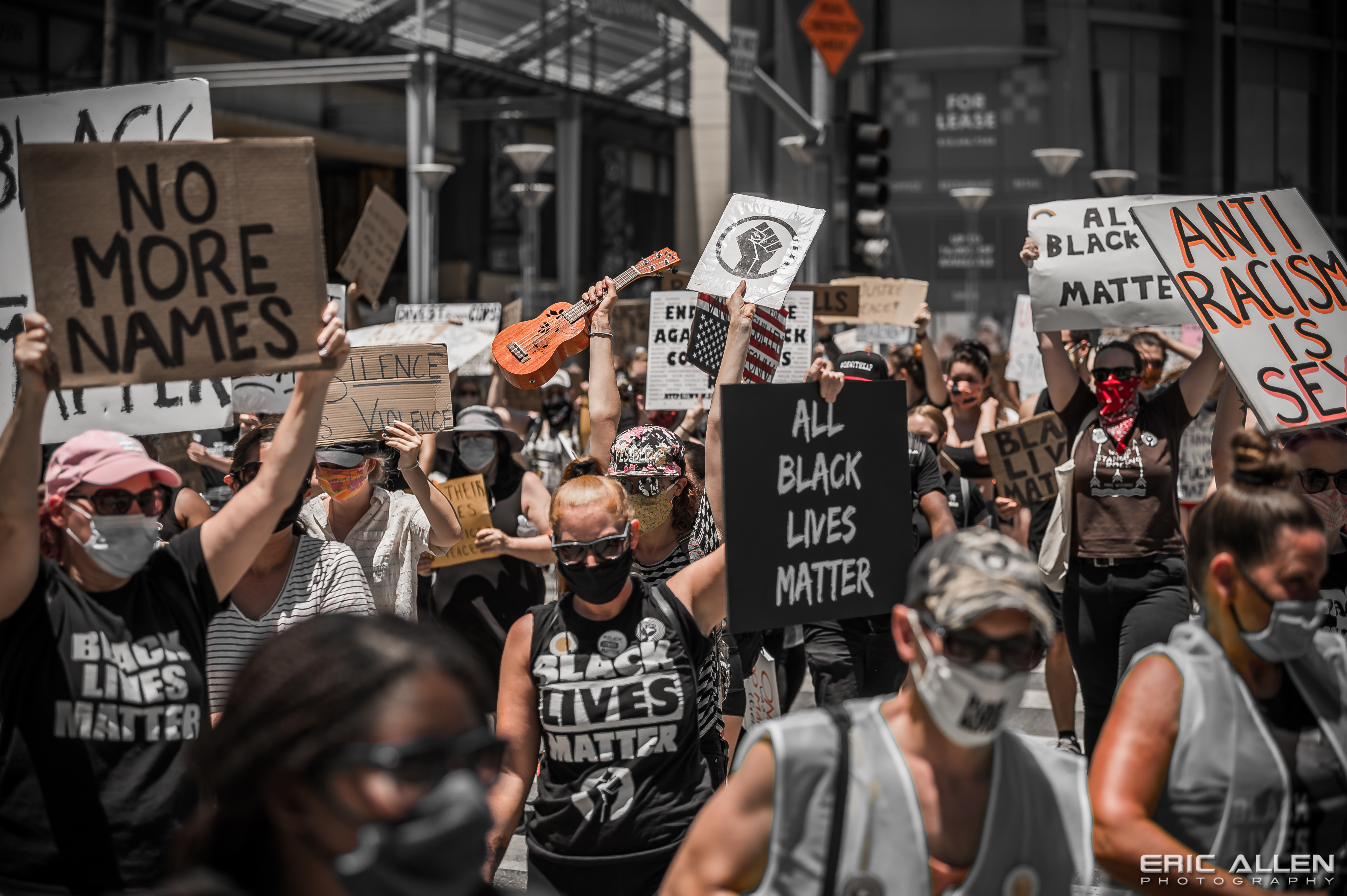
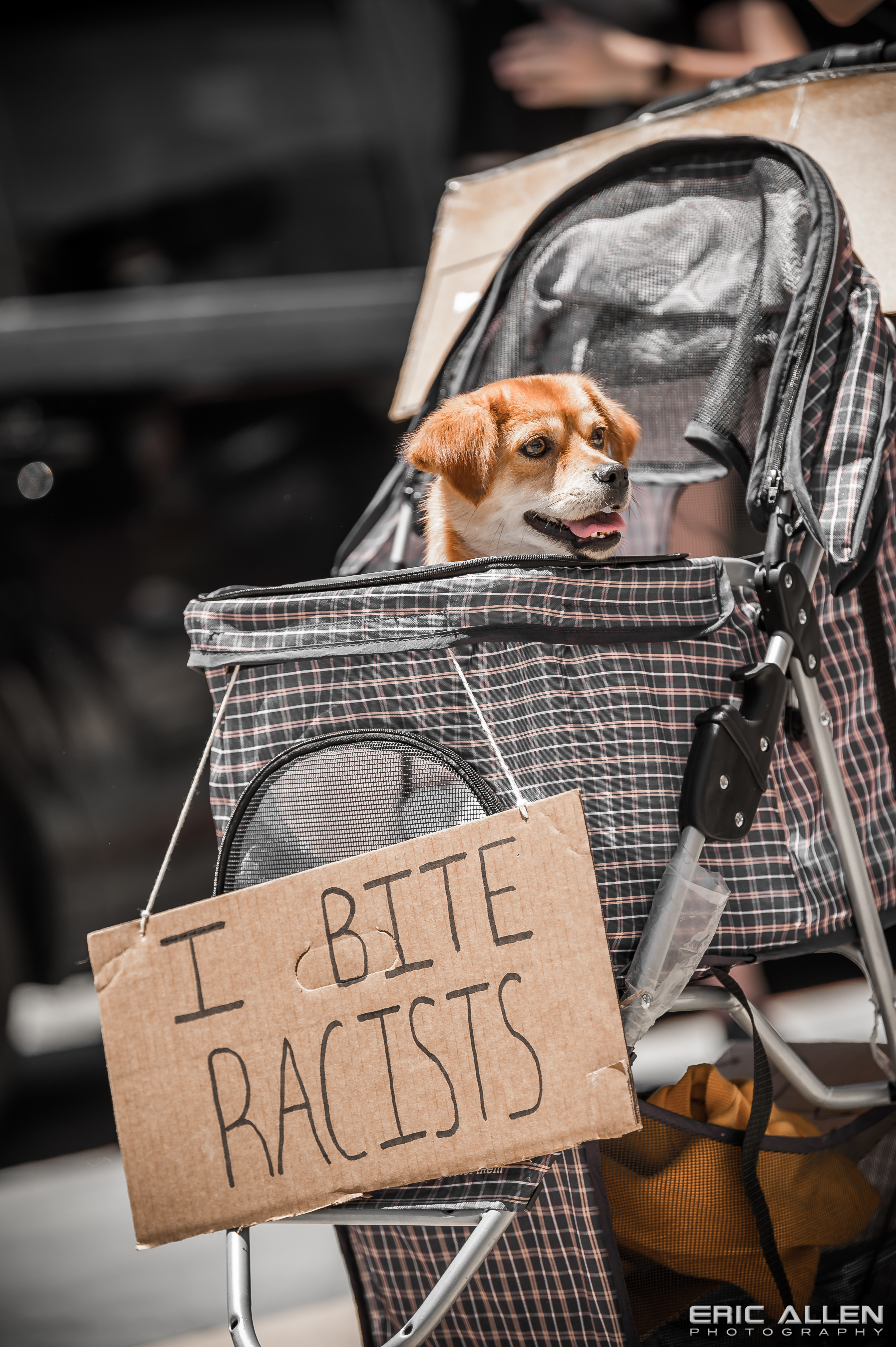
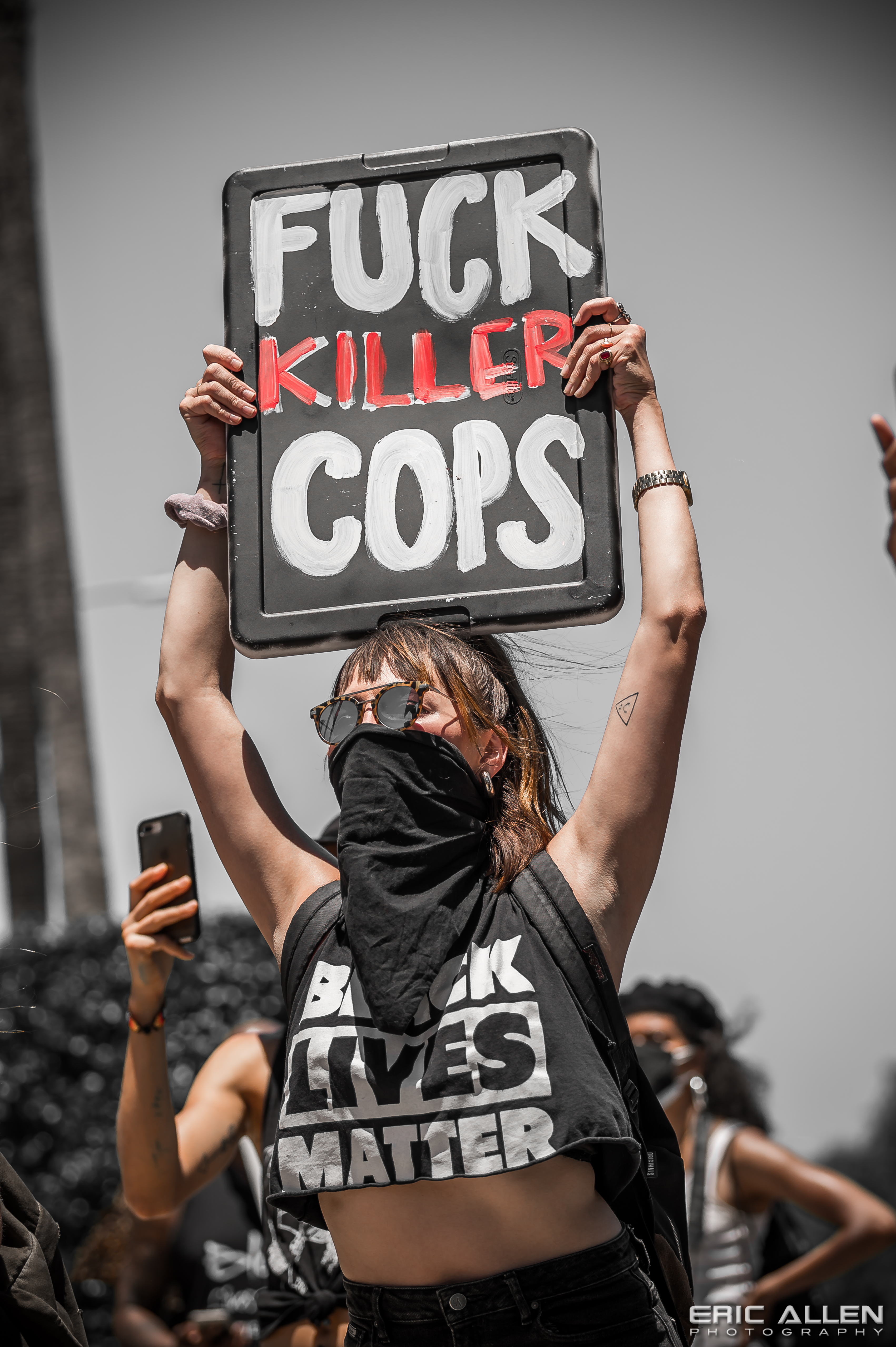
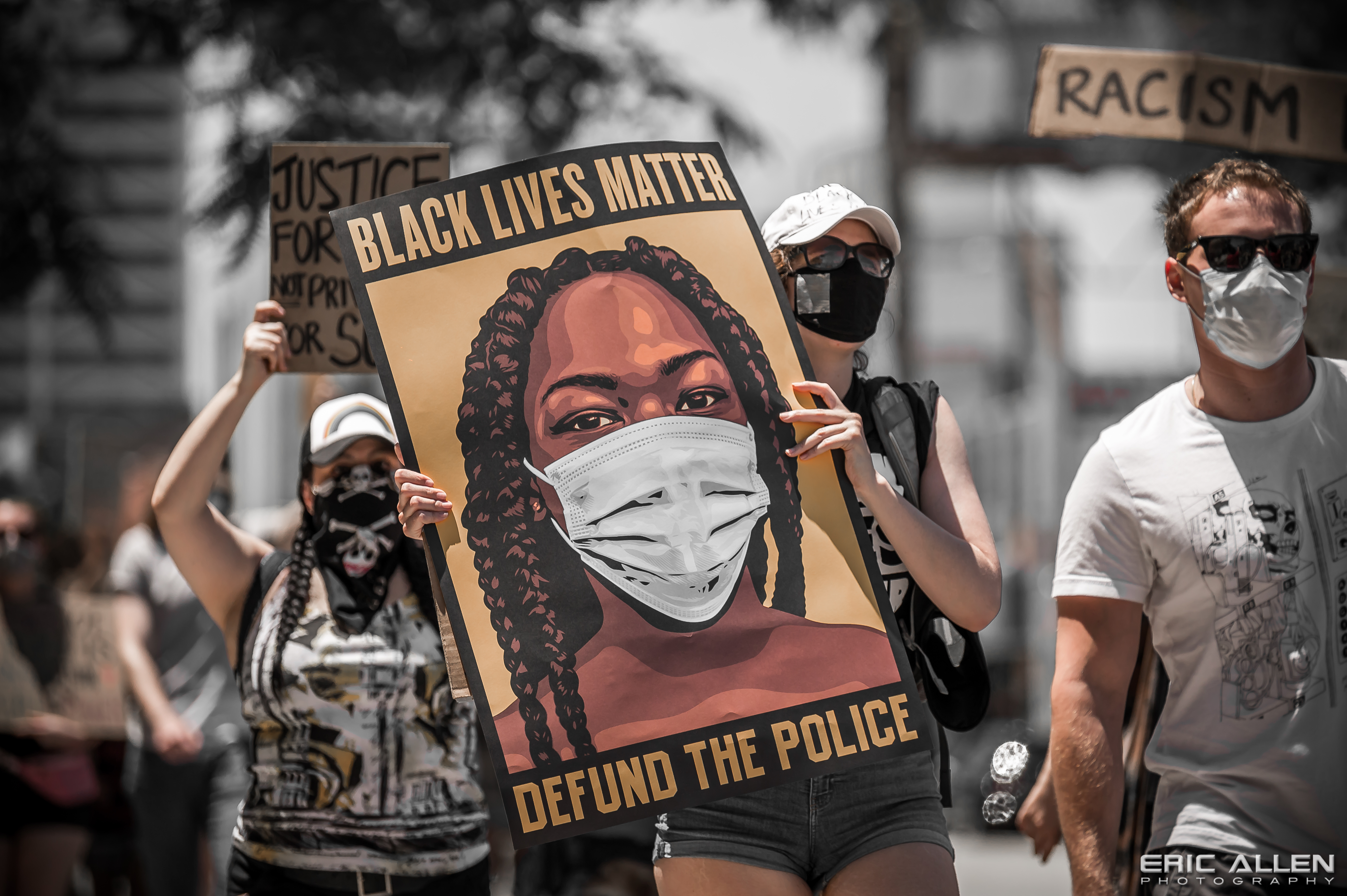
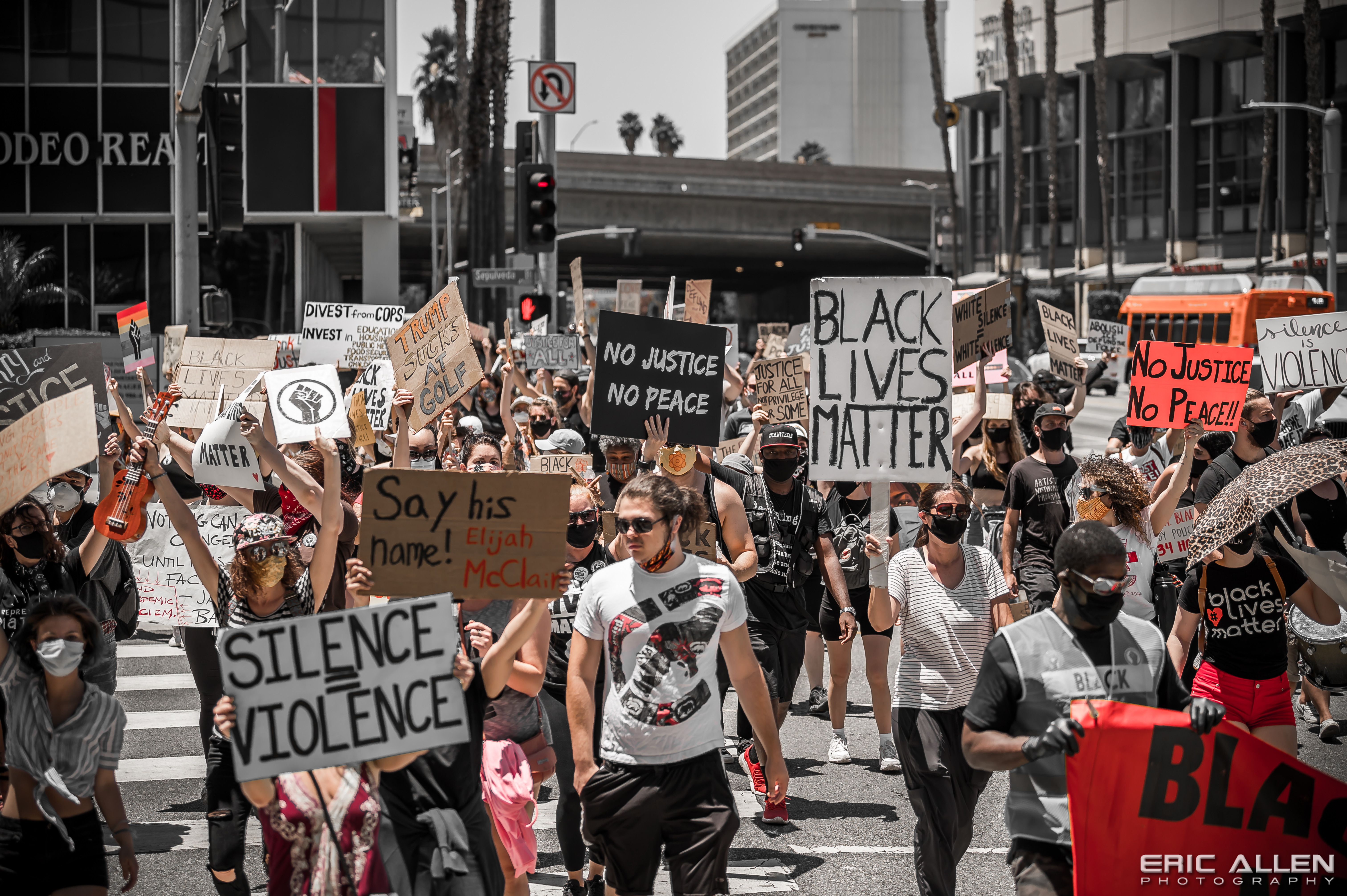
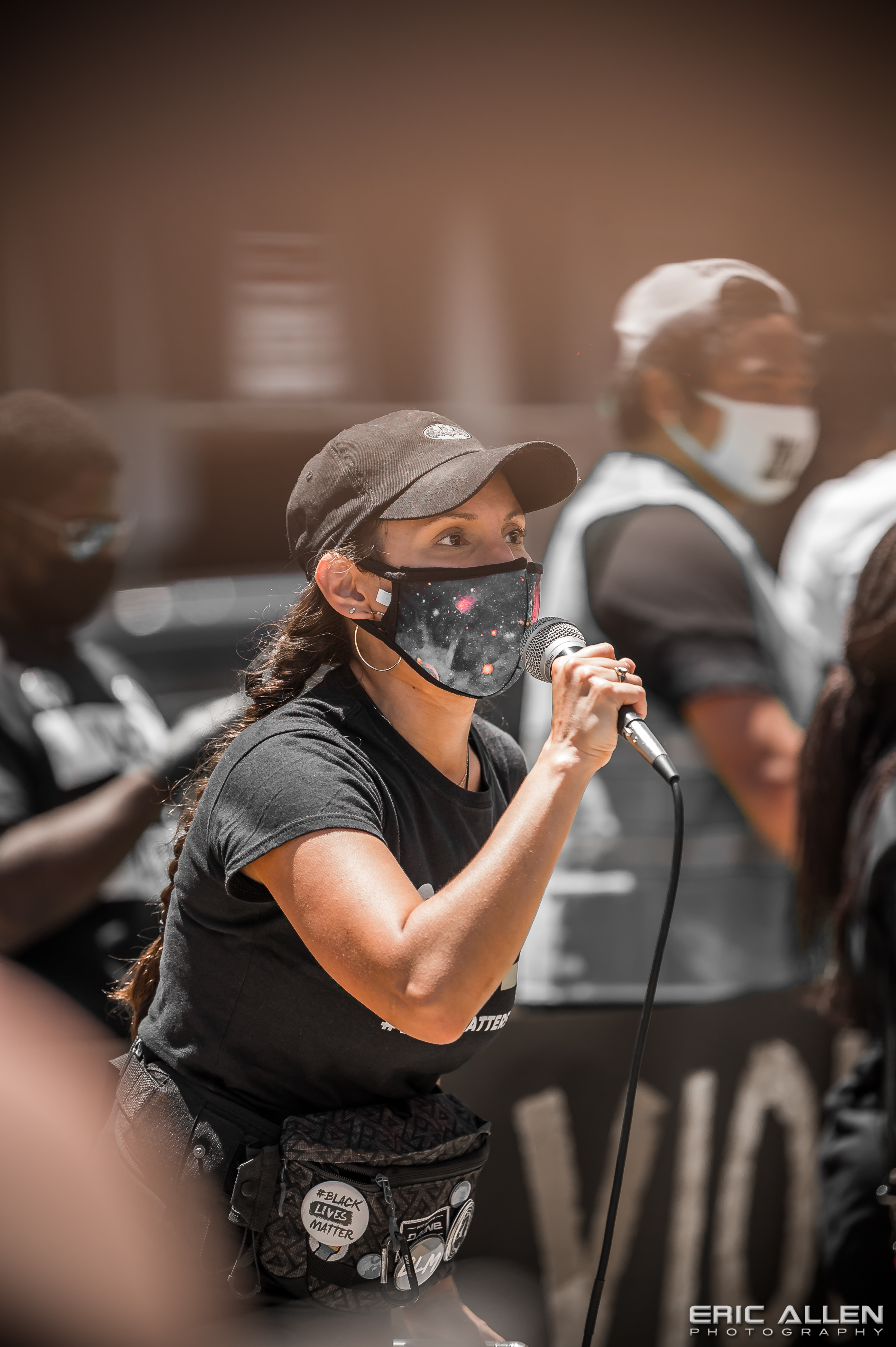
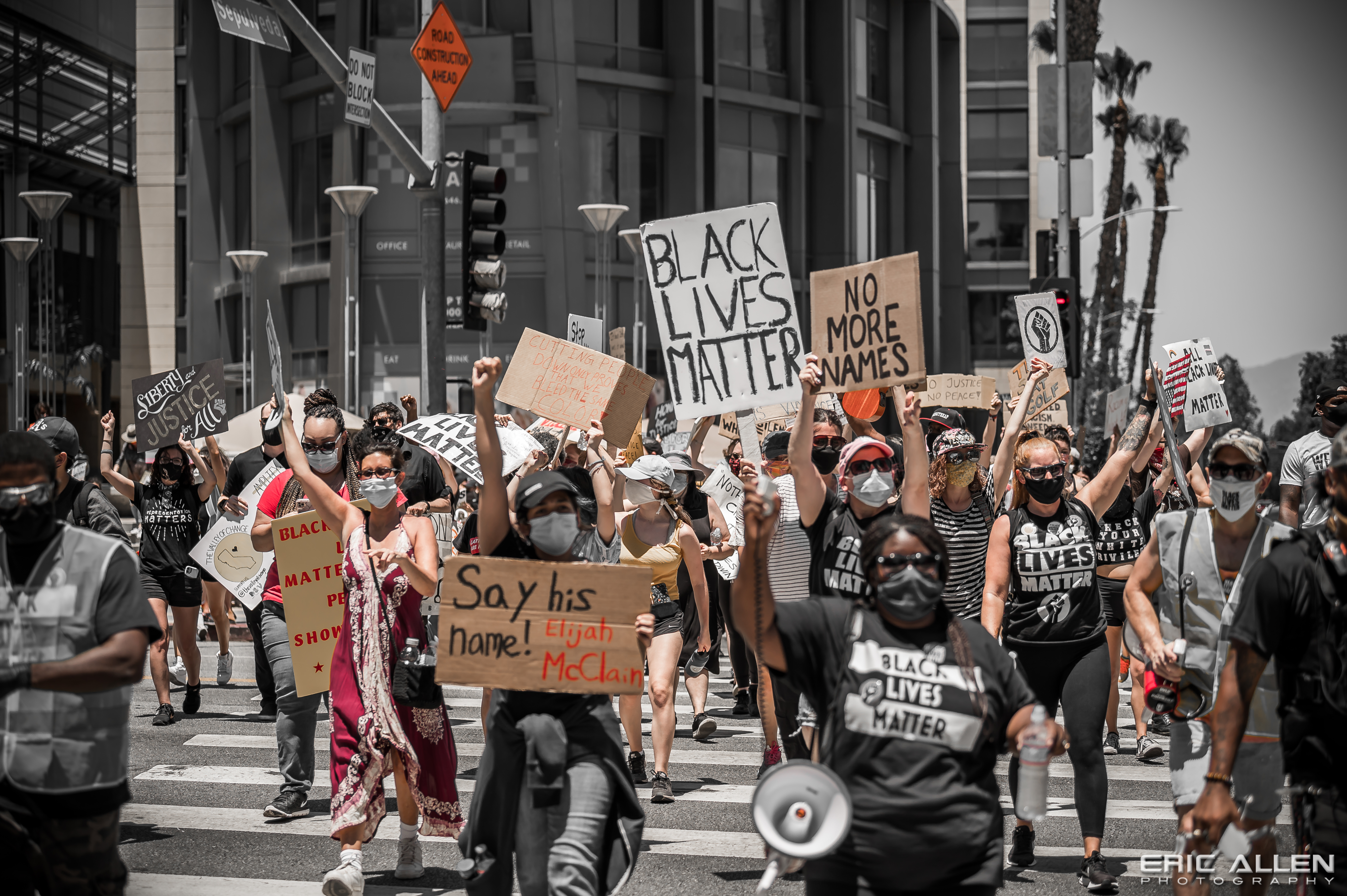
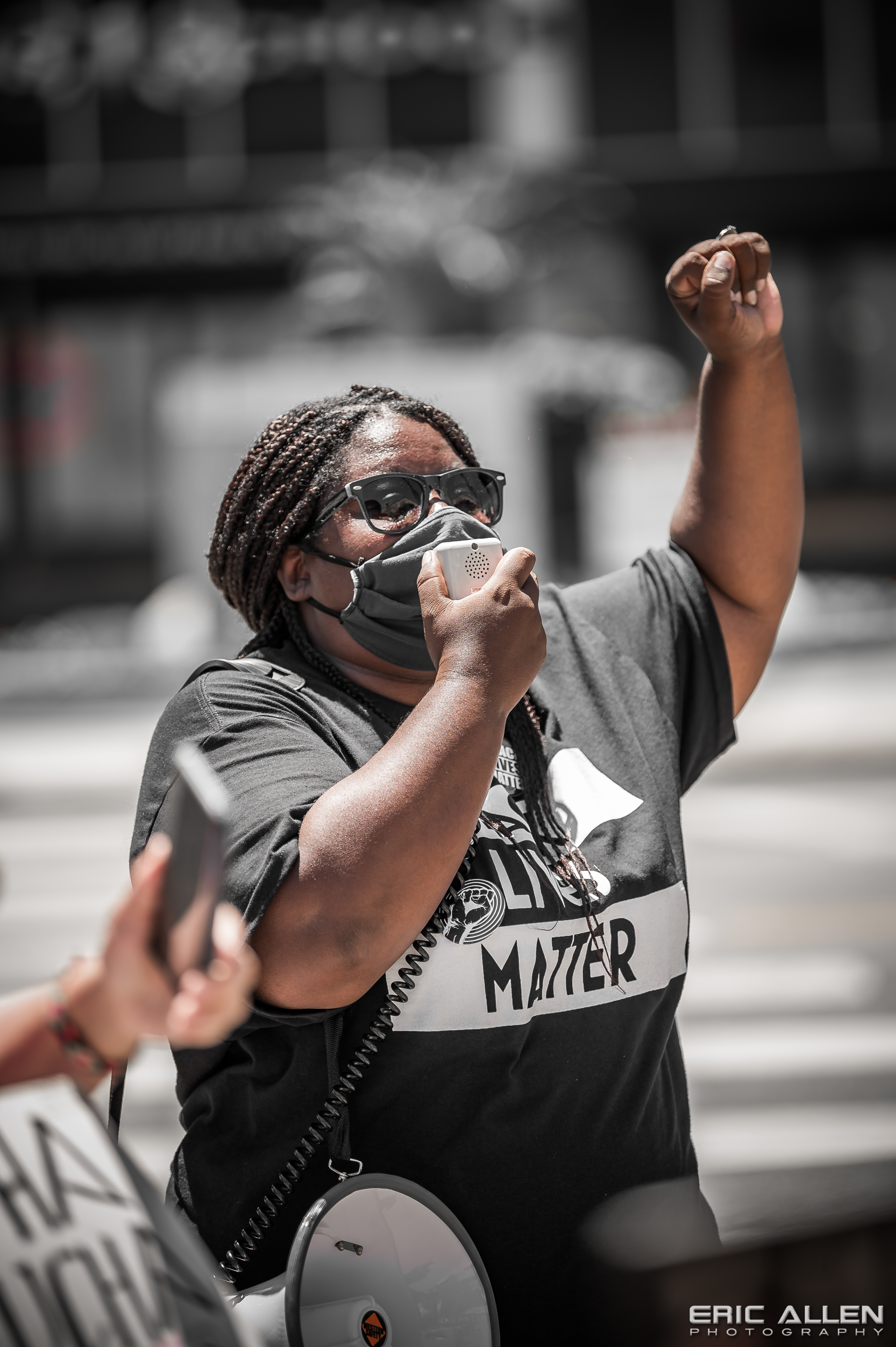
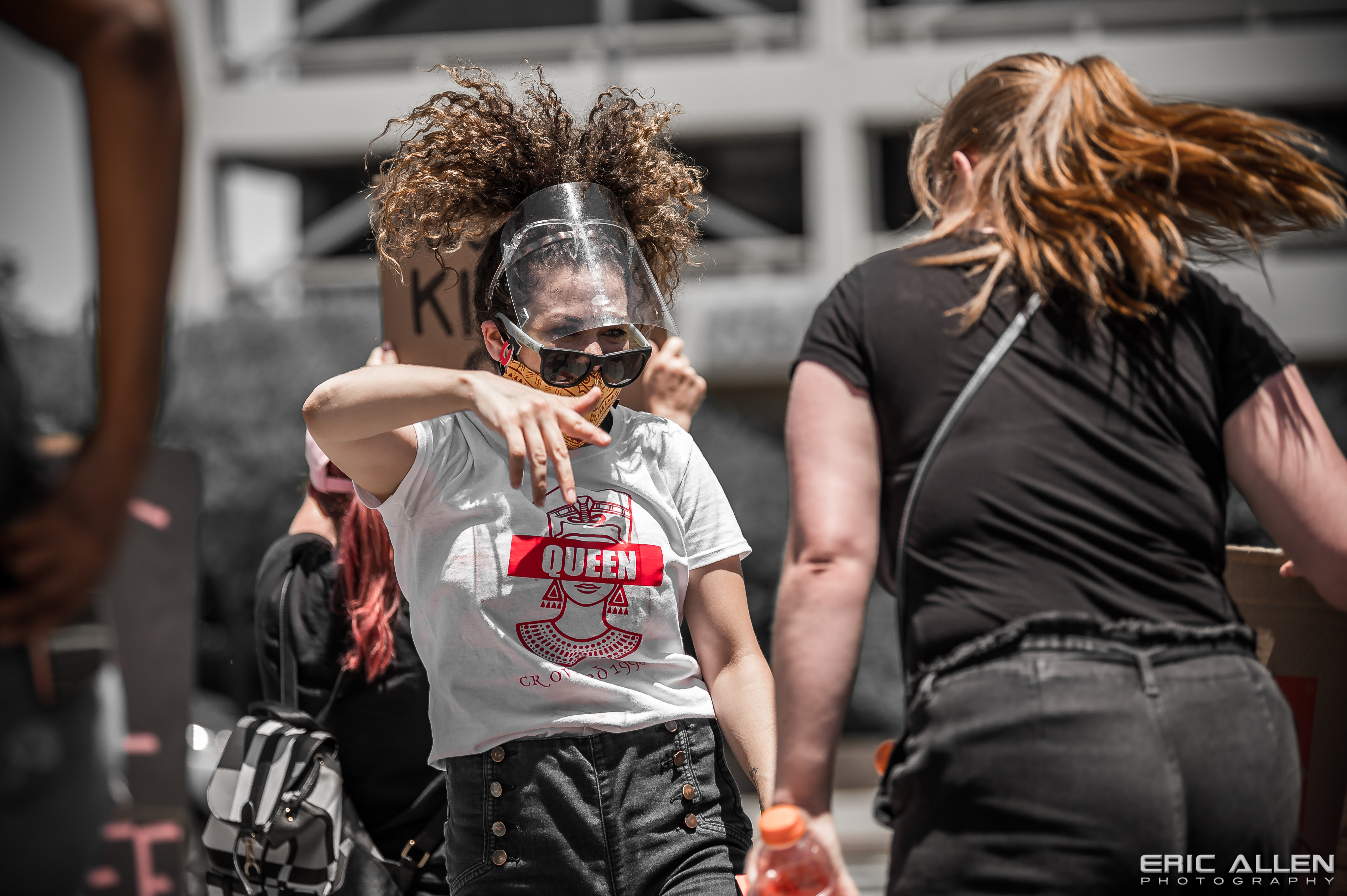
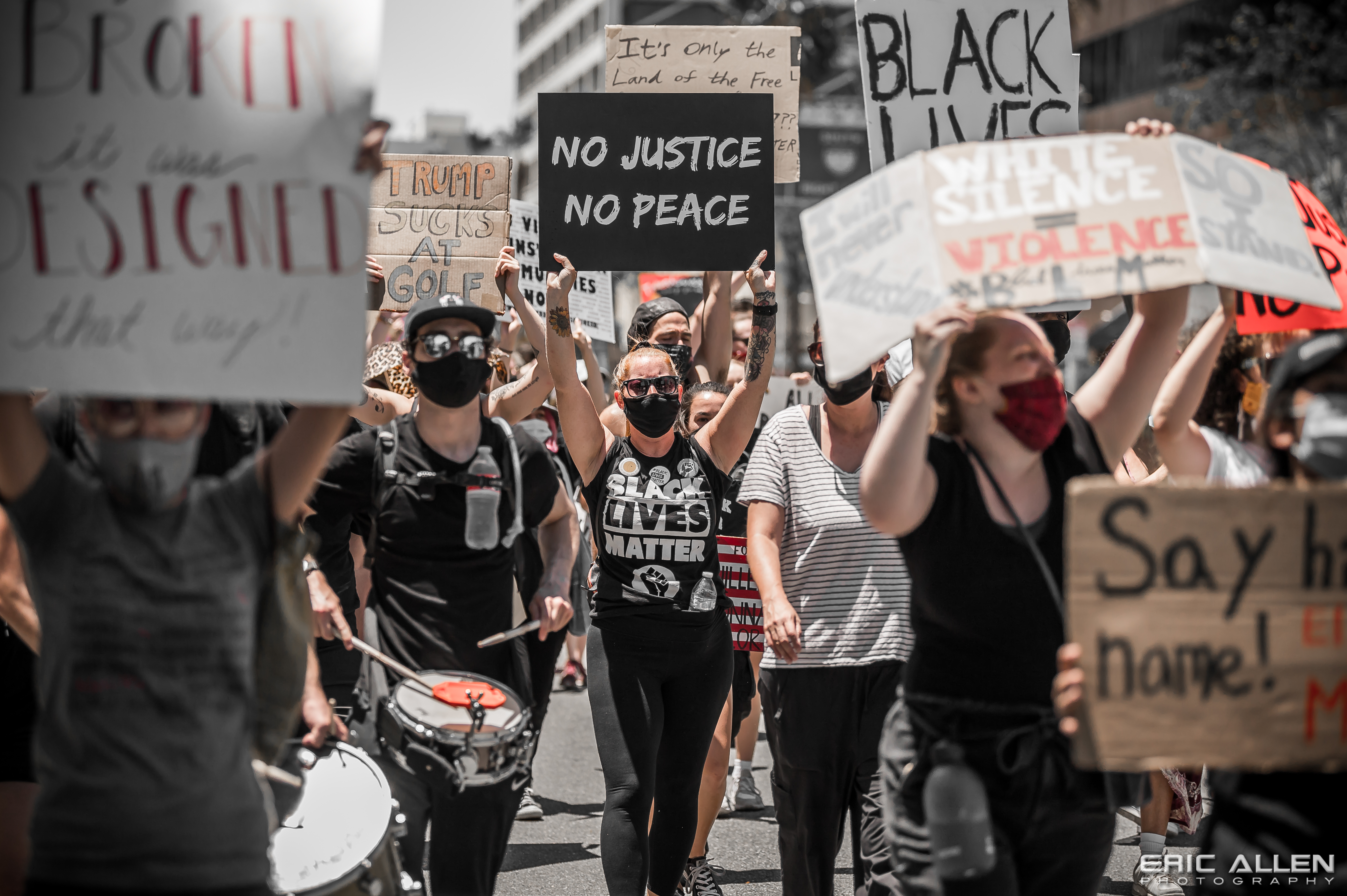
‘
